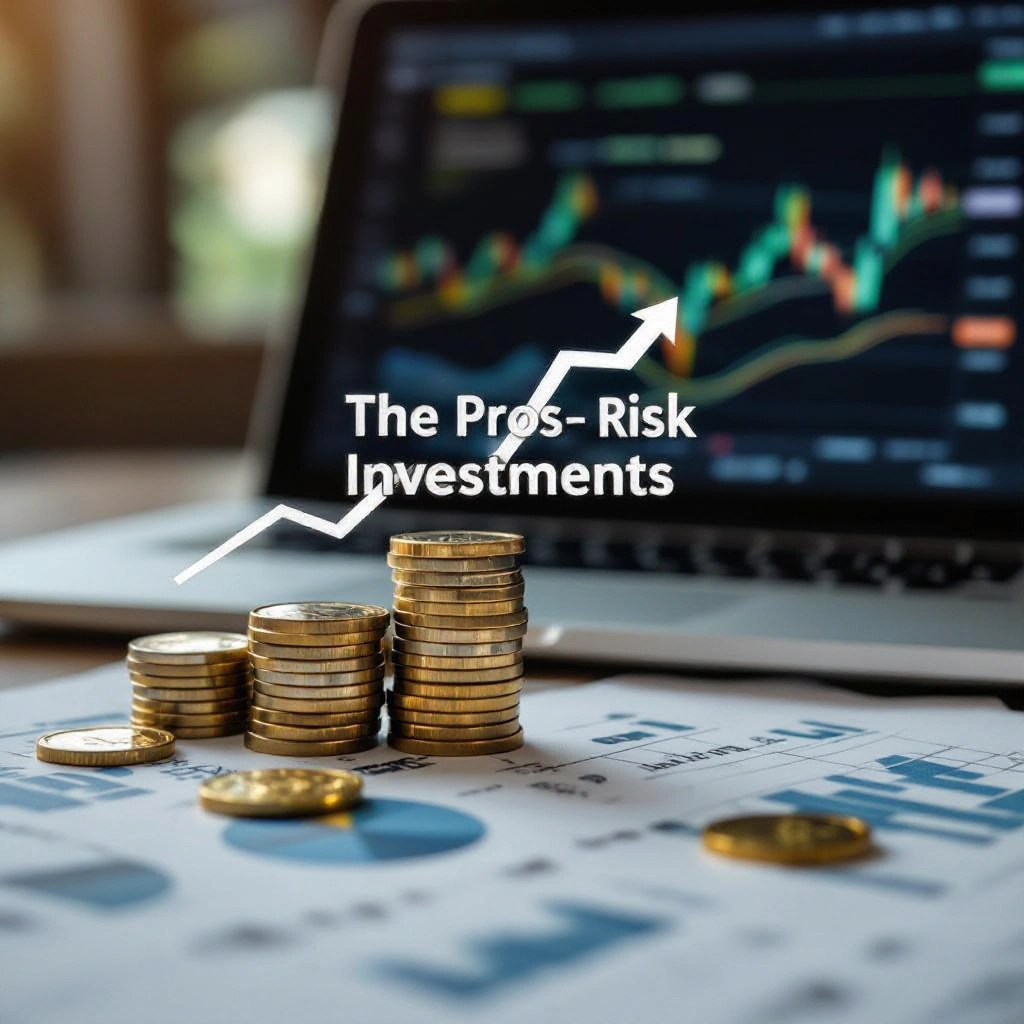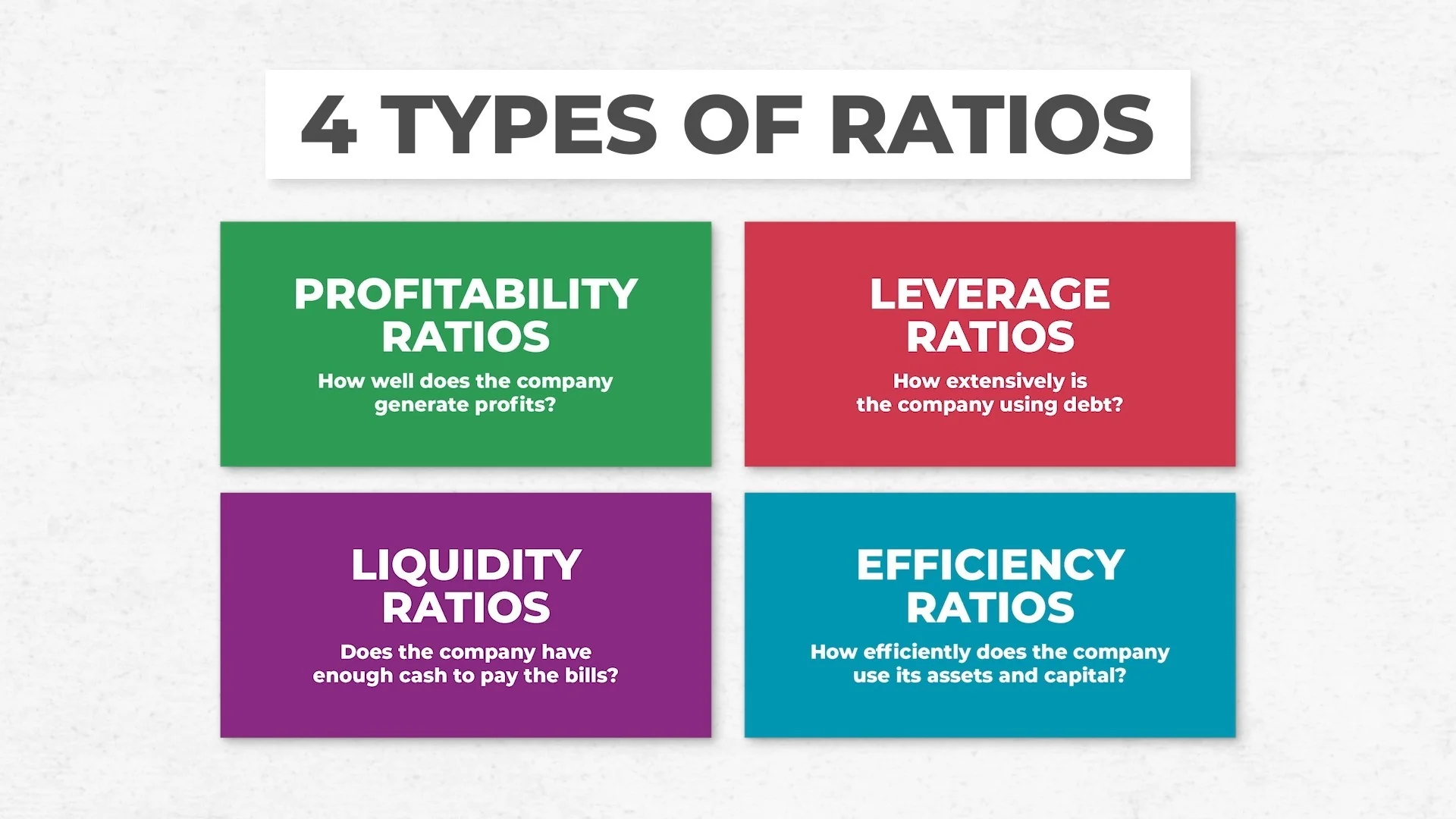In the thrilling and often intricate realm of finance, investors are perpetually on the lookout for the best strategies to grow their wealth. While the appeal of stable, predictable returns is undeniable, a distinct category of opportunities, often referred to as “high-risk investments,” attracts those willing to explore beyond conventional portfolios. These investments, known for their potential for substantial gains and significant losses, are not for the risk-averse or the financially conservative. Understanding the nuanced pros and cons of high-risk ventures is essential for any investor considering allocating a portion of their capital to these more volatile, yet potentially rewarding, avenues.
The primary and most compelling advantage of high-risk investments is their potential for exceptionally high returns. Unlike traditional assets such as blue-chip stocks or government bonds, which offer modest, steady growth, high-risk ventures can deliver exponential gains in a relatively short period. For example, early-stage startups in burgeoning industries like biotechnology or artificial intelligence can turn a small initial investment into substantial returns if the company succeeds and scales. Similarly, speculative investments in emerging markets, volatile commodities, or cryptocurrencies, though notoriously unpredictable, have occasionally yielded extraordinary profits for those who timed their entries and exits perfectly. This tantalizing prospect of rapid wealth accumulation is a powerful draw for investors aiming to accelerate their financial goals.
Moreover, high-risk investments can serve a strategic role in portfolio diversification. While it may seem counterintuitive to introduce volatility into a portfolio, assets that behave differently from traditional stocks and bonds can help spread risk. When conventional markets experience downturns, certain high-risk assets might remain unaffected or even perform inversely, acting as a hedge. For instance, during periods of economic instability, some commodities or alternative investments might retain or increase their value, providing a counterbalance to losses in other areas. This diversification is not about eliminating risk entirely, but about reducing the overall vulnerability of a portfolio to any single market shock, potentially leading to more consistent long-term returns even with some volatile components.
Additionally, engaging with high-risk investments can offer unique learning opportunities and market insights. For sophisticated investors, delving into these complex areas often necessitates extensive research, a deep understanding of market dynamics, and a keen eye for emerging trends. This process of rigorous analysis and continuous learning can sharpen financial acumen and provide a competitive edge. Consider an investor who spends significant time researching the technological underpinnings of a new cryptocurrency or analyzing the geopolitical factors influencing oil prices. This immersive learning can yield valuable insights that extend beyond the specific investment, enhancing their overall investment strategy and decision-making capabilities across different asset classes.
However, the flip side of high potential returns is the equally significant, if not greater, risk of substantial capital loss. This is the most formidable drawback of high-risk investments. Unlike safer assets, where the downside is typically limited, a high-risk venture can, and often does, result in the complete erosion of the initial investment. Early-stage startups can fail, volatile markets can crash, and speculative assets can plummet in value without warning. For example, the history of venture capital is replete with numerous failures for every single success, illustrating the inherent uncertainty. Investors must be prepared, both financially and psychologically, to lose the entirety of the capital they commit to such ventures, making them unsuitable for funds essential for immediate needs or retirement.
Another considerable con is the inherent volatility and unpredictability associated with these investments. High-risk assets are often subject to rapid and dramatic price swings, driven by market sentiment, speculative trading, or unforeseen events rather than fundamental value. This high degree of fluctuation can be emotionally taxing, leading to impulsive decisions that further exacerbate losses. The lack of a stable, predictable trajectory makes long-term planning difficult and requires a robust risk tolerance. For investors in Germany, where a more conservative investment culture often prevails, the extreme volatility of certain high-risk assets might be particularly unsettling, highlighting the importance of understanding one’s personal risk appetite.
Finally, high-risk investments often come with limited liquidity and complex market dynamics. Unlike publicly traded stocks or bonds that can be bought and sold almost instantaneously, some high-risk ventures, such as private equity or certain alternative investments, may require capital to be locked up for extended periods, making it difficult to access funds quickly if needed. Furthermore, these markets can be less regulated and transparent than traditional exchanges, requiring specialized knowledge and an acute awareness of potential pitfalls, including fraud or inflated valuations. Navigating these complexities demands expertise, patience, and a willingness to conduct exhaustive due diligence.
In conclusion, high-risk investments represent a double-edged sword in the world of finance. While they offer the alluring prospect of exceptionally high returns and can strategically diversify a portfolio, these benefits come hand-in-hand with the significant risk of capital loss, extreme volatility, and often complex market dynamics. For sophisticated investors with a high tolerance for risk, a diversified portfolio, and a clear understanding that such investments should only comprise a small portion of their total capital, they can be a potent tool for accelerating wealth creation. However, for the majority of individuals, particularly those prioritizing capital preservation or relying on predictable income streams, a more conservative approach remains the prudent path. A clear-eyed assessment of both the tantalizing upside and the considerable downside is paramount before venturing into this high-stakes arena.






